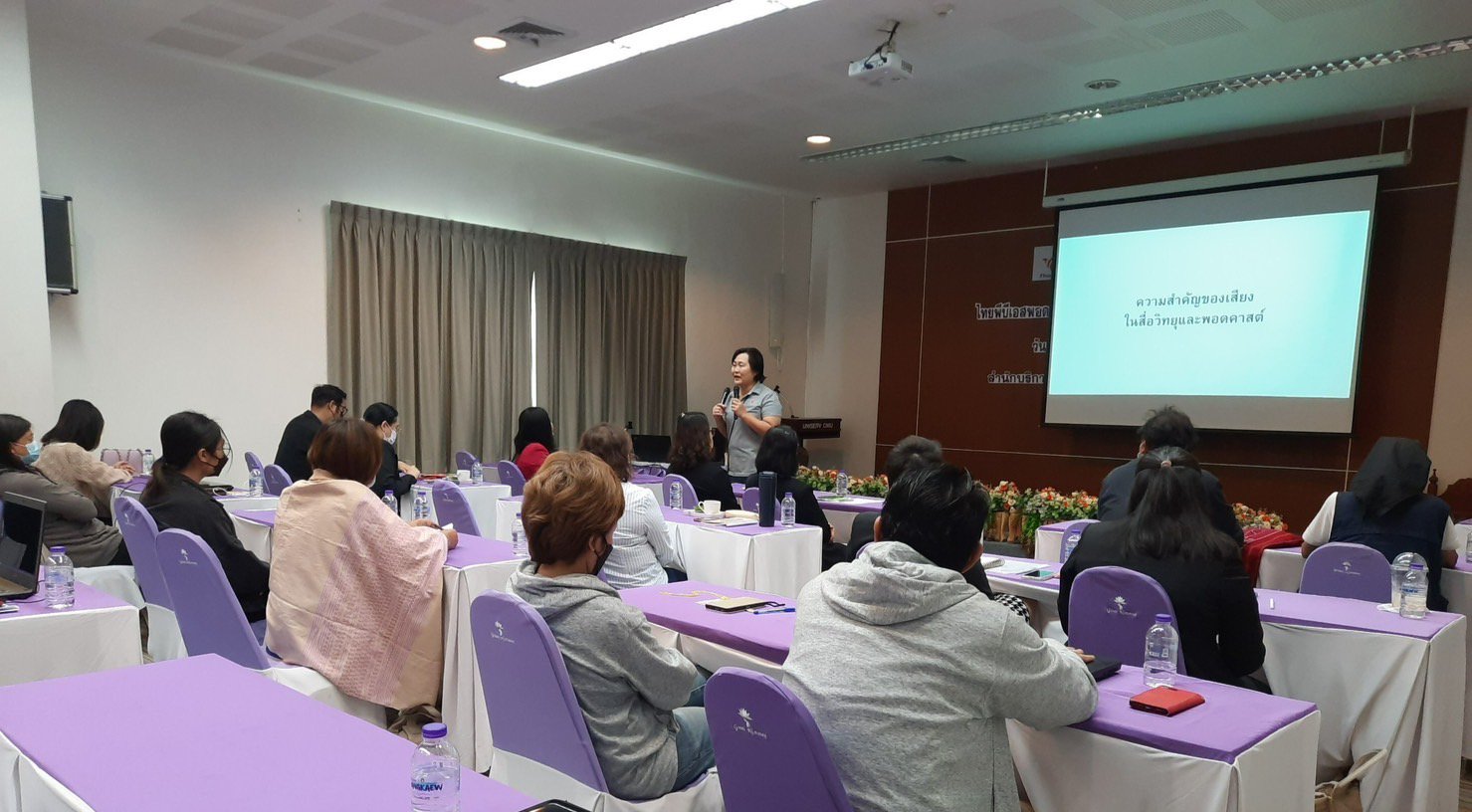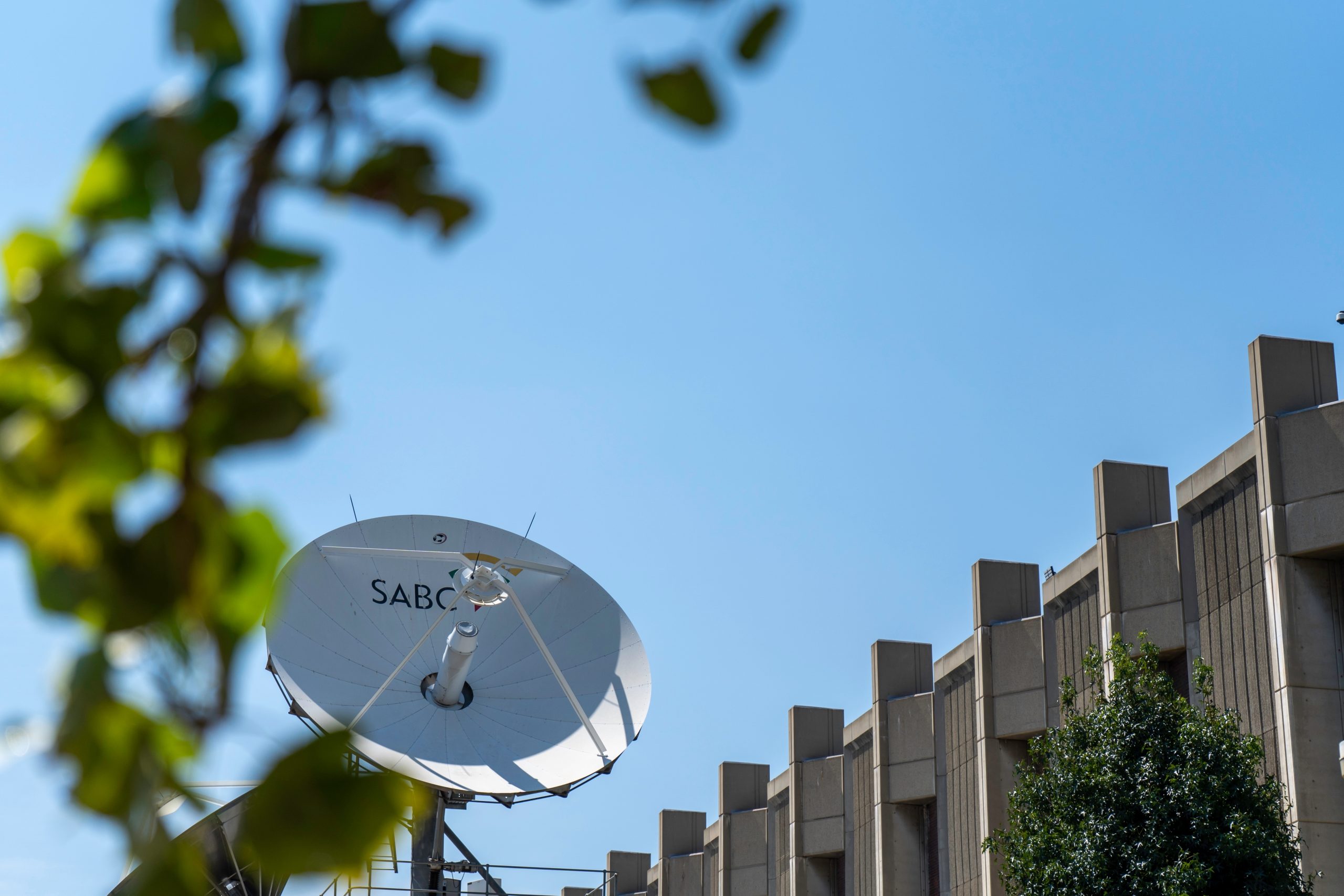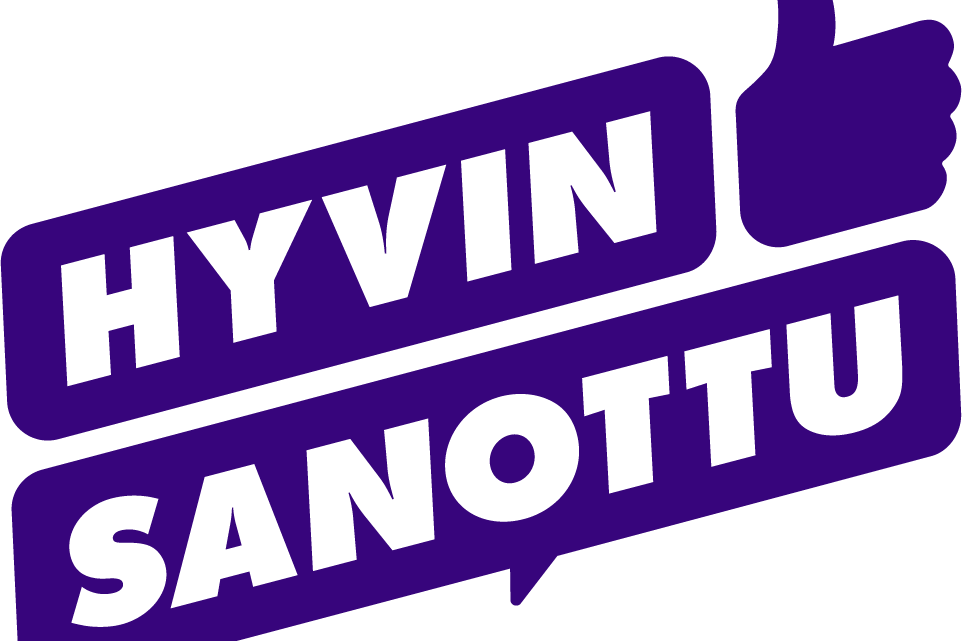PSM INNOVATIONS
Thai PBS’ network of local radio stations
20th February 2023
The ‘Northern Roaming Project’ is the latest innovative example of Thai PBS ensuring public service media is accessible for all audiences.

How can a public broadcaster without a radio frequency ensure its audio content is still heard by audiences? This is a problem with which Thai PBS must contend.
While the public broadcaster does have a radio station online, it does not have its own frequency. To overcome the problem and ensure its audio content is accessible to all audiences, Thai PBS instead has established a network of community and academic radio stations which broadcast Thai PBS content. In total, about 200 stations across Thailand are part of the network.
“Thai PBS has a good relationship with them so we make an agreement, providing the good quality programmes for free, only one condition – not for sale or commercial broadcasting,” the Audio Media Manager for Thai PBS, Sopit Wangvivatana, told PMA. “It’s a win-win cooperation. They have variety of programmes, and we have more platform reach out to audiences around the country.”
Read more: New look Thai PBS website: “Digital First”
The network goes much further than just Thai PBS providing content for the local stations to broadcast. “As PBS, one of Thai PBS’ mission is to empower the local radio stations to be able to produce a good quality program [on their own]. We were gathering networks and often set up [a] free workshop for them. It means the listener will get the last benefit: more diversity and [varied] programmes.”
It is this training which Thai PBS has recently embarked upon. The “Northern Roaming Project” was an initiative started up by Thai PBS Podcasts to develop a better relationship with their network of stations and explore their needs. There are four aims of the project: meet networks, improve audio production, seek future cooperation, and introduce new tools.
Last year, the training revolved around improving the use of sound in audio programmes. This year, based on discussions from previous sessions, they “plan to have a training project for the youth, to be a voluntary radio host, working with one of the community radio,” Ms. Wangvivatana said.
As “most of Thai audience – especially the elderly – prefer radio more than website,” Thai PBS has had to find an innovative solution to reaching audiences with its audio content. This network of radio stations ensures Thai PBS is doing this.
But it has also gone a step further by investing time and money into training the staff and volunteers who work for these local networks. It demonstrates Thai PBS’ commitment to ensuring good quality media is available to all communities in Thailand.
“As PBS, one of Thai PBS’ mission is to empower the local radio stations to be able to produce a good quality program [on their own]. … It means the listener will get the last benefit: more diversity and [varied] programmes.” – Sopit Wangvivatana, Audio Media Manager for Thai PBS
Over to you...
Does your public media organisation have an innovation that you’d like to share?
Let us know by emailing us at editor@publicmediaalliance.org
Related Posts
3rd February 2023
Priority to provide public service on TikTok
Providing trusted news and information…
24th January 2023
SABC indigenous language news channel to be launched
SABC plans to improve news provision…
22nd November 2022
The Well Said project: “Yle’s act for a functioning democracy”
A project co-led by Finland’s public…



